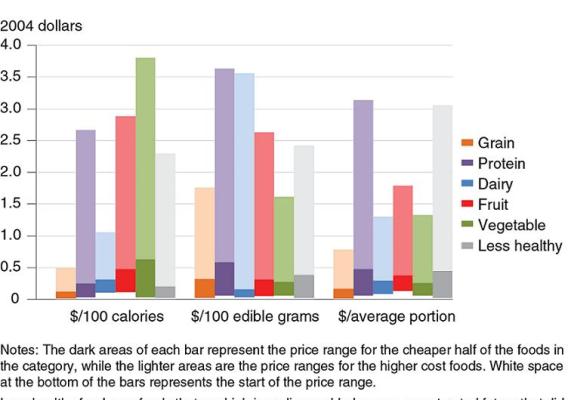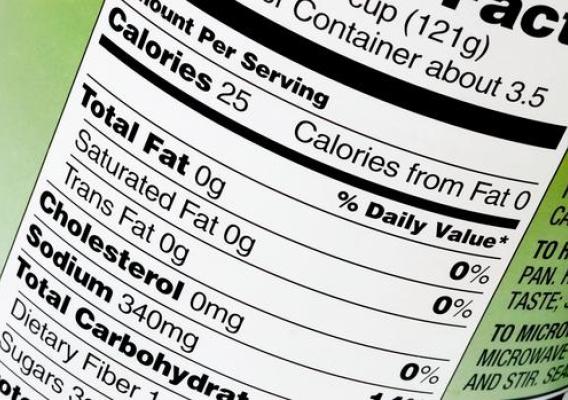A blueprint guides the decisions of an entire team of craftspeople toward a common goal of creating something that serves a purpose and withstands time and the elements. Over several decades now, U.S. agriculture has become the second most-productive sector of our economy. Today, net farm income is at record levels while farm debt has been cut in half. Overall, American agriculture supports 1 in 12 jobs in the United States and provides American consumers with 83 percent of the food we consume. In other words, U.S. agriculture is both resilient and a productive economic driver.
While America’s farmers, ranchers and growers are the primary architects of U.S. agriculture’s success, there is large team in place that helps to drive the success of our agriculture industry, and USDA’s Farm Service Agency is a proud member of that team. And FSA’s guide in building a more modern, efficient service organization that is closely in tune with the long-term vitality of rural America is the Blueprint for Stronger Service.







